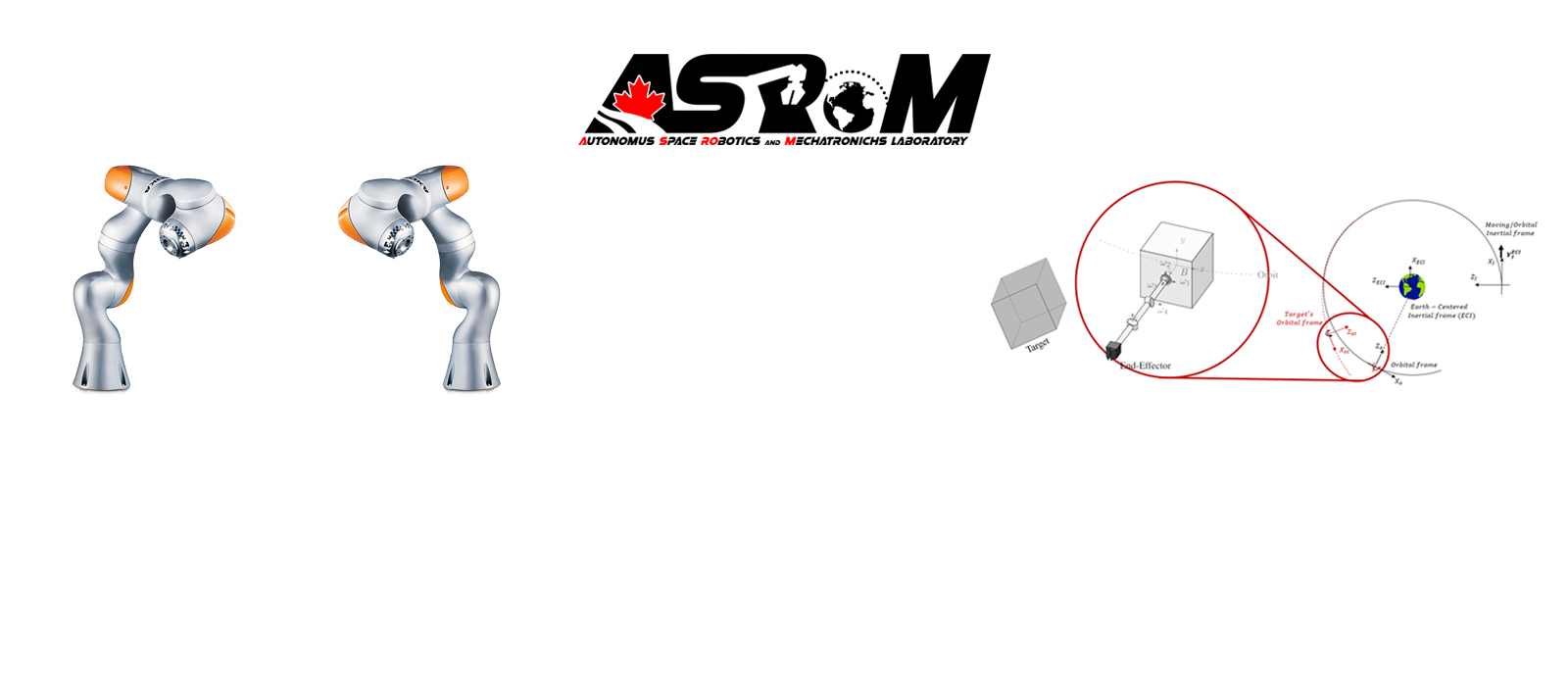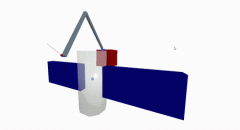This research focuses on dynamic modeling, planning of the deployment, and execution of the autonomous motion of the robot arm of a space manipulator system in the manipulator deployment phase when chasing a noncooperative target (e.g. space debris). Using structures in Lie Group Theory and Differential Geometry, we develop singularity-free geometric frameworks for modeling underactuated open-chain multi-body systems with multi-DoF joints, in the presence of realistic disturbances in an orbital environment. Our focus is on the development of workspace optimal trajectory generators and robust output-tracking controllers for uncertain space manipulator systems experiencing non-zero momentum interpreted as affine nonholonomic constraints. In this research, we employ unique geometric characteristics of space manipulator systems hand-in-hand with deep reinforcement learning methods for trajectory learning and control.
The precision and robustness of GN&C systems for in-orbit missions are adversely affected by orbital disturbances, which are captured by a high-fidelity simulator to examine the realistic performance of the proposed GN&C strategies. The simulator will be able to model high-order gravity terms, aerodynamic drag, and solar pressure. Additional uncertainties, e.g., friction, flexibility, estimated target parameters/states, and sensor noise and dynamics that cannot be accurately simulated will be included through a kinematic 6-DoF hardware-in-the-loop facility consisting of two cooperative robot manipulator systems (KUKA LBR iiwa).

